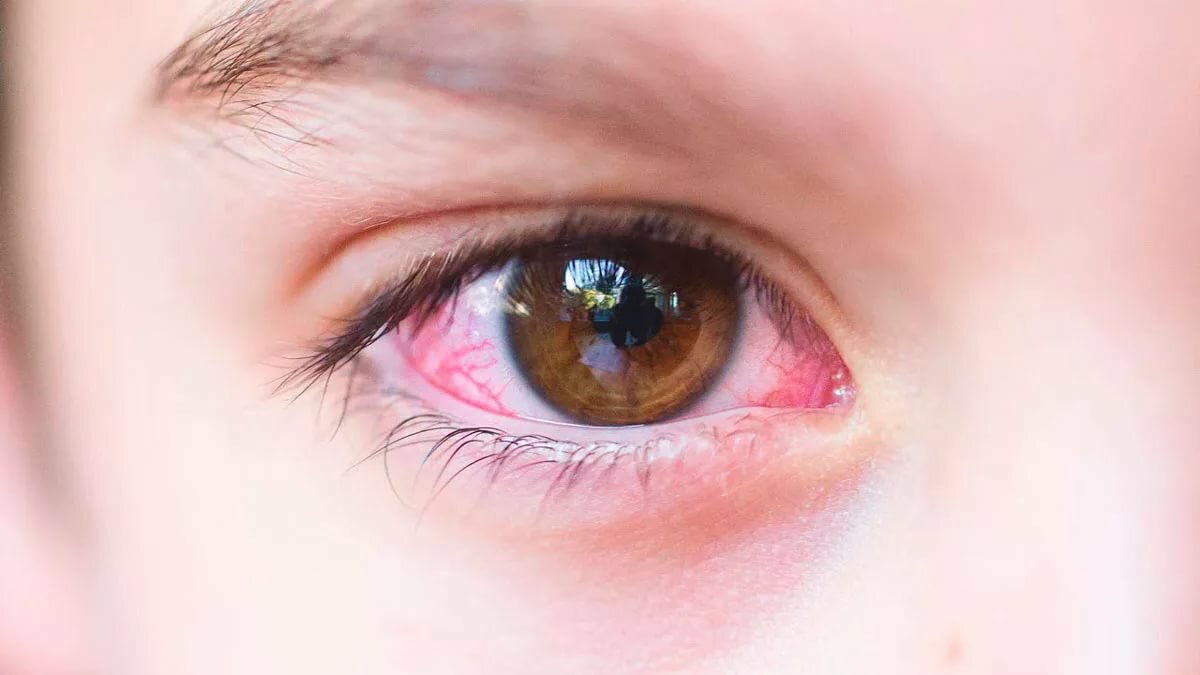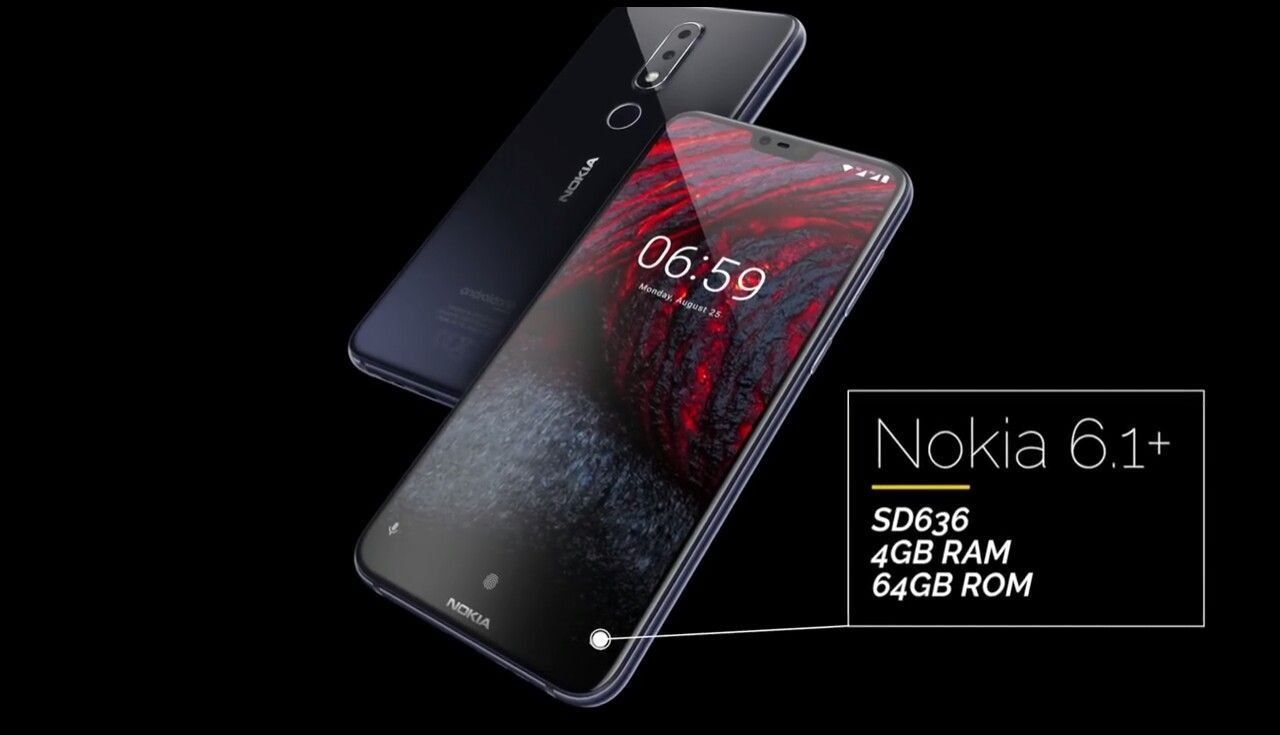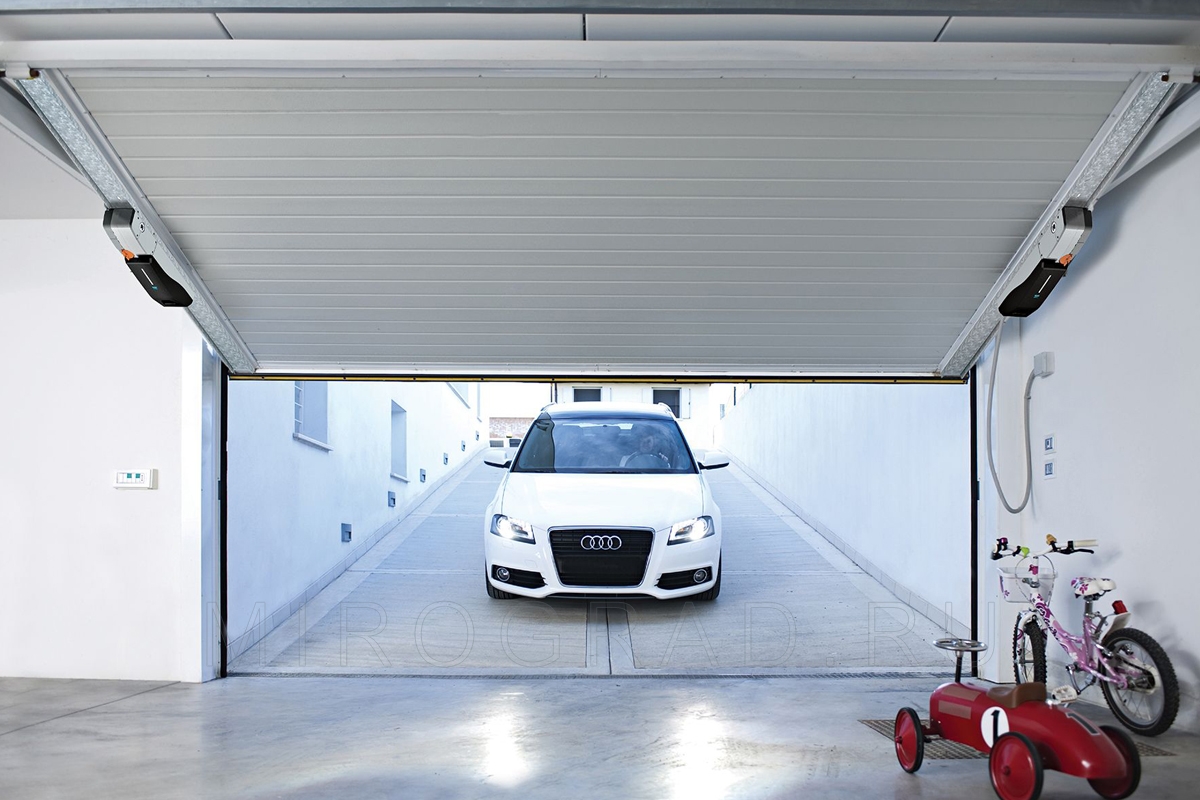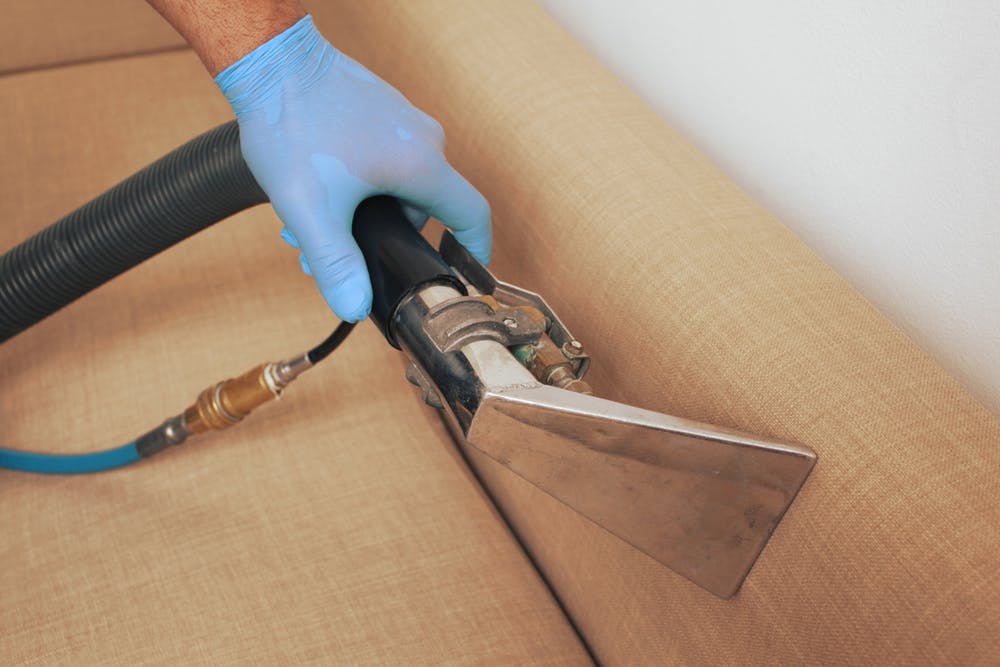The best cameras for beginners: choose by functionality, quality, price
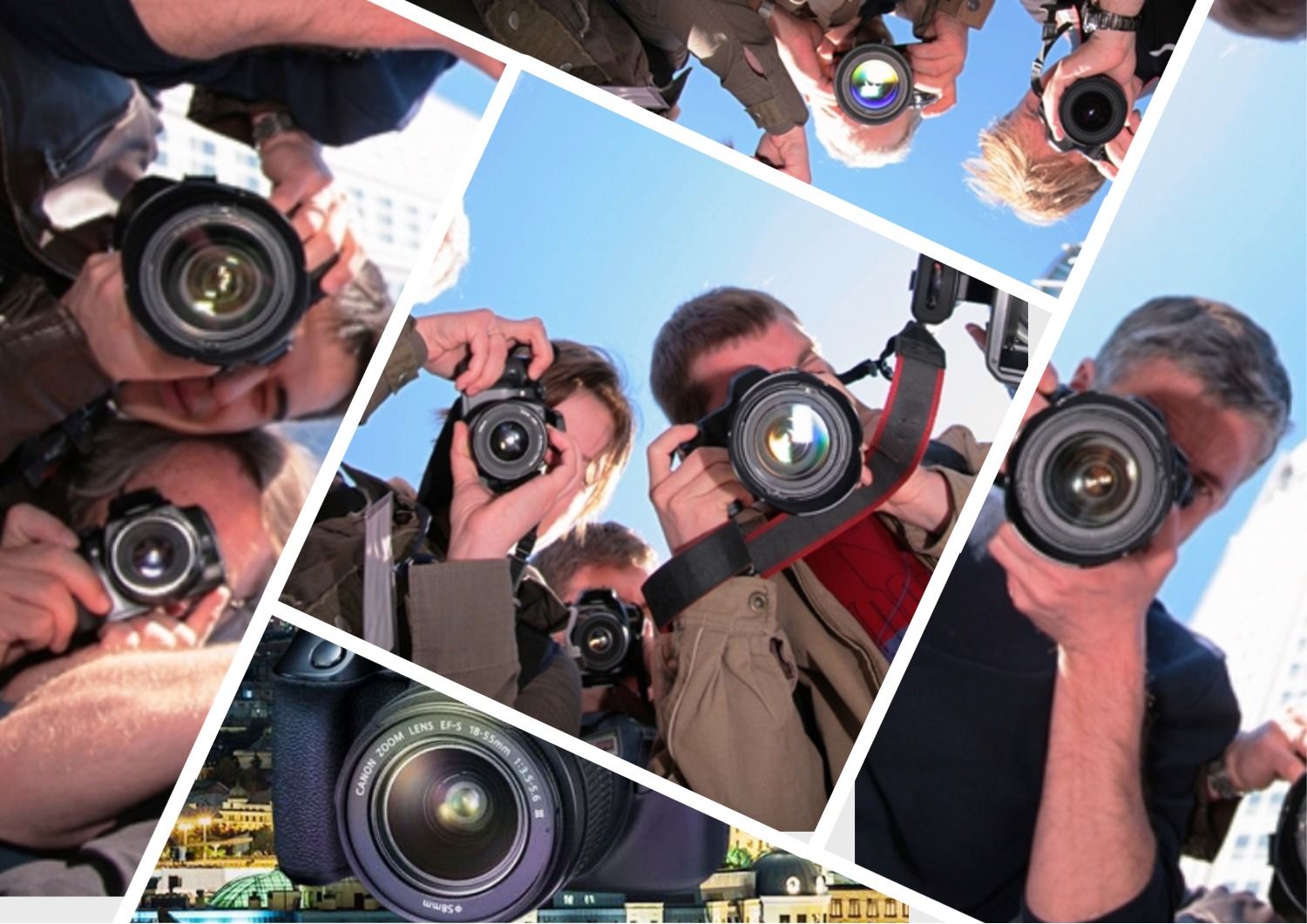
Photography is not just a useful invention that captures moments of history, it is also a work of art. Not everyone can become a photo artist, but even preschoolers can learn to capture their life in pictures. Because there is a smartphone with a camera, it is always at hand, clicks automatic settings, manages to snatch the main events of his personal life.A new direction of photography - mobilography - has firmly entered our life. Does this mean that it is time to write off more bulky cameras? Not! Of course, the film "Smena" and "Zenith" became museum exhibits. But they were replaced by digital and SLR cameras, which compete with mobile phones. We'll talk about which camera for a beginner to choose below.
Arguments in favor of the camera
Without even delving into the essence of photography, you can explain on your fingers the advantages of a camera over a smartphone, including its newest versions.

Detailing
The image quality depends on the matrix: the larger it is, the more light it receives. With the same number of pixels per mm2 a smartphone will have less of these millimeters, therefore, it will collect less light. A normal-sized matrix (for example, 23.5 x 15.6 mm, as in an average mirrorless camera) cannot be installed in a phone. As a result, the picture will lose in color, contrast, which is imperceptible on a small smart screen, but is already noticeable on a computer monitor.
Another disadvantage of the small matrix is the lens drawing. This "physics" of the image can be controlled only with a large matrix, on the phone the compensation at the software level gives a fake for the image quality.
Color rendering
A qualitative indicator - when there is a transfer of shades, halftones. On a small matrix, pixel-points are densely packed, color rays are mixed, tonal transitions cease to display the real color picture. It is the high-quality color rendering that is an important advantage of cameras over mobile phones with cameras. Example below: The left part was shot with a smartphone, the right - with a DSLR:

The feeling of space, colors, small details - they look flat on a smartphone, the reason is the matrix and the quality of the optics. On cameras, the volumetric drawing of the foreground and background looks more interesting, thanks to the greater number of shades, the delicacy of the image, and a wide range of colors. Filters for color rendering are more varied.
Low light shooting
No cell phone can compete with the camera here.Indoors, in the evening, on a snowy slope - automatic adjustment will produce a narrow range of white and gray colors. Neither a flash, nor two lenses, nor a CMOS sensor will solve the problem of high-quality light transmission in a smartphone. The camera, which has a high sensor sensitivity, quietly shoots in low light, both in the dark side (night) and in the light side (snow).
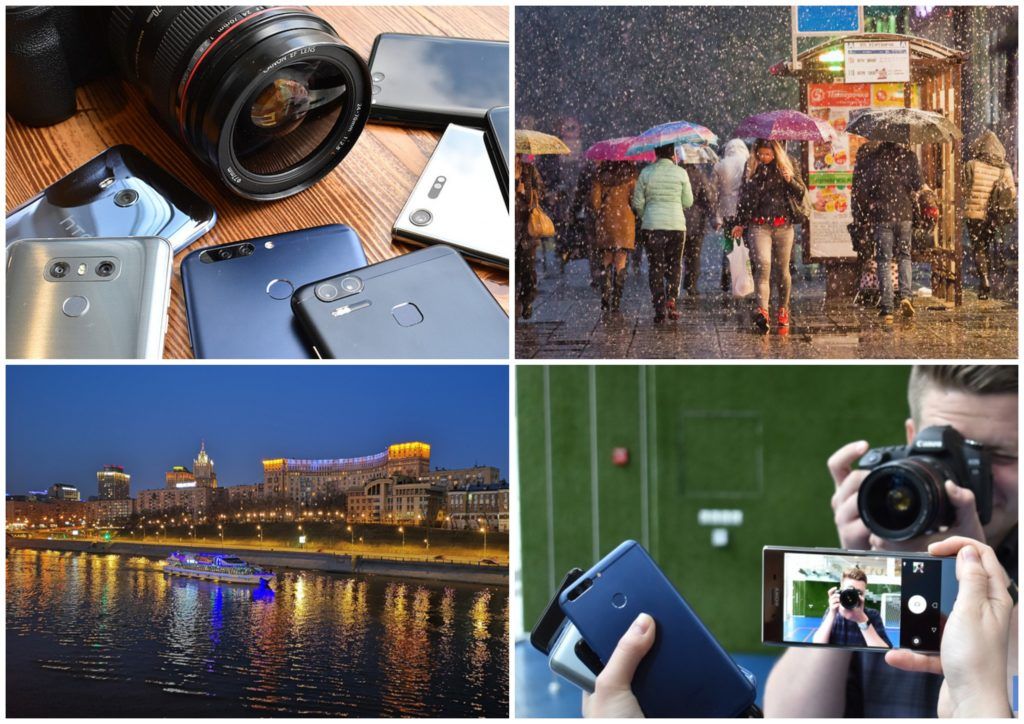
Settings
Smart shoots, as a rule, in automatic mode. The camera provides an opportunity for creativity, manual correction of settings. Moreover, they are all conveniently located, close, no need to rummage through the menu to set up each next series of shots.
Additional optics
Any photographer knows that a lot depends on the lens. The smartphone has limitations in optics: there is no possibility of installing multiple lenses or an interchangeable lens, it is built-in. Cameras that have interchangeable lenses with a wide aperture, use a zoom lens, filters are simply beyond competition with mobile phones.
In the phone, you can also zoom in on the picture, but this will not be an increase, but a stretching of the image, which reduces the quality of the picture. The so-called interchangeable lenses for smartphones (macro, fish-eye, etc.) are overlays for creating optical effects.
Shooting in motion
The phone has stabilization for shooting sports events, animals, and moving objects, but it does not always work the way the photographer needs. In cameras with electronic shutters, shutter speeds are ultra-short, which does not allow "smearing" a moving person across the frame.
The cameras also have autofocus, which can be adjusted for a specific photo session, tracking autofocus. Therefore, it will not work to enlarge, print and hang on the wall a photo of running children taken with a phone, and a frame taken with a camera will easily become a picture.

Filters
They are present in both tested devices. But digitally, these effects delicately work with light, while maintaining high-quality tone and organic saturation.
Camera or smartphone
Of course, it's not worth saying that a smartphone camera is generally not suitable for shooting. This additional feature will help you take selfies from unusual angles. On the phone, you can shoot non-staged shots, when a person is not preparing, not posing (seeing the lens, they usually begin to portray something, losing their naturalness).
On the phone, you can take a test photo of an object, a landscape, and then return with the camera for a high-quality picture. The quality of a smartphone is also enough if photos are posted on Instagram. Until recently, the priority in the speed of uploading photos was the phone, now the cameras are equipped with Wi-fi modules, the pictures instantly appear in the mobile device.

As a result, experts and photography experts agreed that shooting with a smartphone corresponds to a mark in a notebook, so as not to forget the event, history. The camera is creativity, inspiration, development of skill, the most important thing is to trust only her. Those in whom the artist is dozing, carefully read further recommendations for purchasing a good device.
Camera basics
To become a fashion designer, you need to understand the rules of fabric cutting, the principle of the sewing machine. To become a good photographer, you need to know how the picture "gets into the peephole from which the bird flies out." The word photography means painting with light. The camera does not take pictures of objects, but the light reflected from them. The main thing in photography is to learn how to work with light.

The light reflected from the subject of photography enters the lens, onto the matrix, which is a light-sensitive sensor. Millions of sensors receive light here, process it and transmit it digitally to a processor. The processor saves the image, writes it to memory.
Matrix
The matrix has two characteristics - resolution and physical size:
- Resolution is the number of pixels (light-sensitive dots 1-3 microns in size), the more there are, the higher the image quality. The average value of this indicator is 16-36 million pixels.
- Size - the larger the matrix area, the higher its light sensitivity.Images from a smartphone and a camera taken with the same resolution will be different in quality. In cameras, the matrix is larger, this makes them more expensive: the smaller the matrix, the cheaper the purchase and the lower the quality.
The only advantage of the small sensor is the powerful depth of field. For home archives - it is suitable, but for artists it is unacceptable - there is no blurring of the background, it is impossible to make a high-quality portrait.
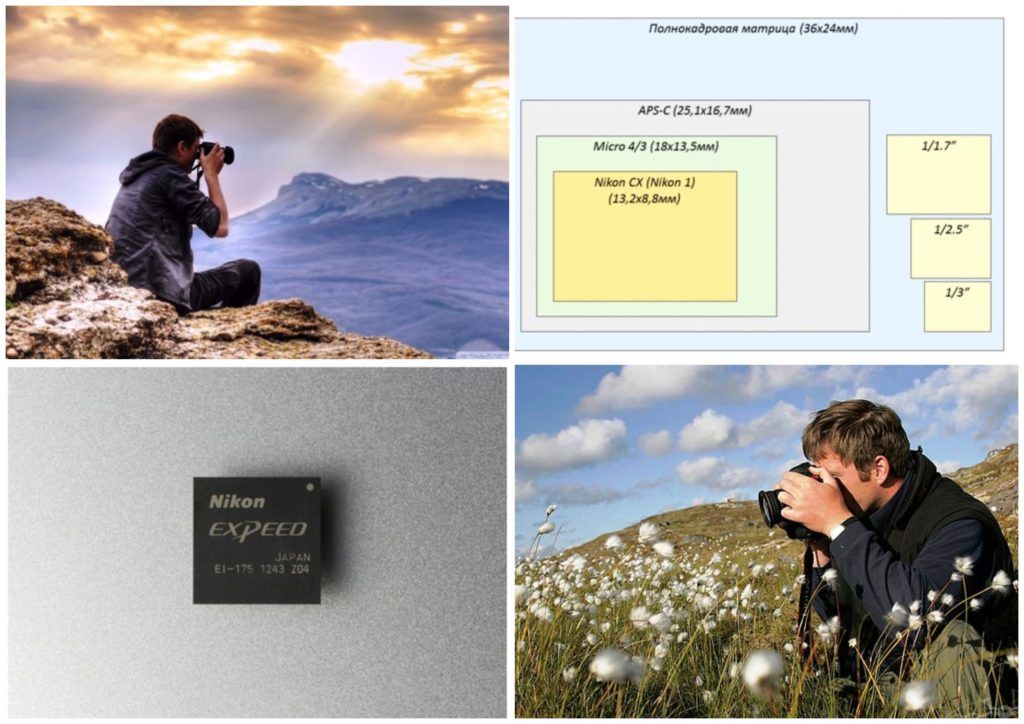
The larger the sensor, the larger the camera body. Optical laws will not allow making a compact lens for a large matrix, a full-frame camera with interchangeable optics will weigh heavily and take up more space. It is appropriate to apply the “golden mean” rule here: an average matrix will give good quality and reduce weight with dimensions.
What are the cameras
The most unassuming camera is the mobile one installed in the phone. Much has been said about her above.
Compact
In everyday life, it is called a "soap box". The devices are small, budget-friendly, without complications. Matrices - small or medium, fixed lens, universal. As a rule, shooting is in automatic mode (Point-and-shoot).
Among compacts, the class with the "zoom" function (hypersum, ultrazoom) stands out. The bottom line is the lens characteristics - how close the camera can get to the subject. This is not the most important point when choosing a camera, but it is useful to consider.
There are also advanced compacts, where medium-sized matrices, manual control, and a fast lens have appeared. The focus is fixed. An excellent option in terms of size and quality, but the price is very high, although the lens is not removable.
The compacts are useful for those who take pictures for memory, do not load with special settings and effects - a good option for travel. Even professionals sometimes use a soap dish as a second camera.

- miniature and lightweight;
- good pictures are obtained in normal lighting;
- even suitable for teaching a child, full automatic;
- depth of field for family history is a positive factor;
- runs on batteries, affordable price.
- small matrix, weak flash;
- lenses of poor quality, built-in, cannot be changed;
- built-in lens with variable autofocus;
- color rendition is of poor quality, there are no manual settings;
- you cannot connect a flash.
Interchangeable Lens Compact
A relatively new type, rapidly gaining popularity, has been called mirrorless cameras. They are good because they have taken the best from compacts and DSLRs: they are small, but have removable lenses, large matrices. Ergonomics have suffered in this hybrid: the device is not as comfortable in the hand as any of the cameras of the first two types.
Somewhat annoying is the lack of a viewfinder and a shorter battery life. But the appearance is very interesting, the owners and experts call the mirrorless stylish gadgets. The main advantage of this type: high-quality photographs in a compact form. The camera is very good on long journeys, but you need to take extra batteries.

- small digital camera, convenient for travel;
- excellent quality, the matrix is above average;
- interchangeable optics expands the possibilities.
- no viewfinder;
- the park of optics is minimal;
- poor ergonomics, inconvenient to hold.
SLR camera
The common name for this species is a DSLR (SLR). The essence of the name: a device made of a mirror and a reflector, without the participation of electronics, allows you to see the picture you are going to capture. The mirror stands in front of the matrix, transmitting the image to the screen, rises at the moment the "start" button is pressed, the light hits the matrix, the photo is taken.
DSLRs are of several types:

In DSLRs, large-size matrices are installed, up to full-frame ones.The quality of the pictures is at a high artistic level. They have detachable lenses, you can choose what kind of shooting you prefer to do. One lens can shoot ants, the other - sports, make gorgeous portraits and pictures of nature. Standard "whale" optics included - universal, but not for macro photography or arts. Lenses can be purchased, but the pleasure is expensive.
The device is very efficient, the speed of work is the advantage of DSLRs: autofocus is fast, the response to the photographer's actions is instant. Configurable for creative projects with a couple of buttons, no searches in the menu. All controls are at hand on the case. It works from the battery very economically, one charge is enough for 700-1000 shots. The downside is the size and weight of the camera. Prices range from economy to premium.
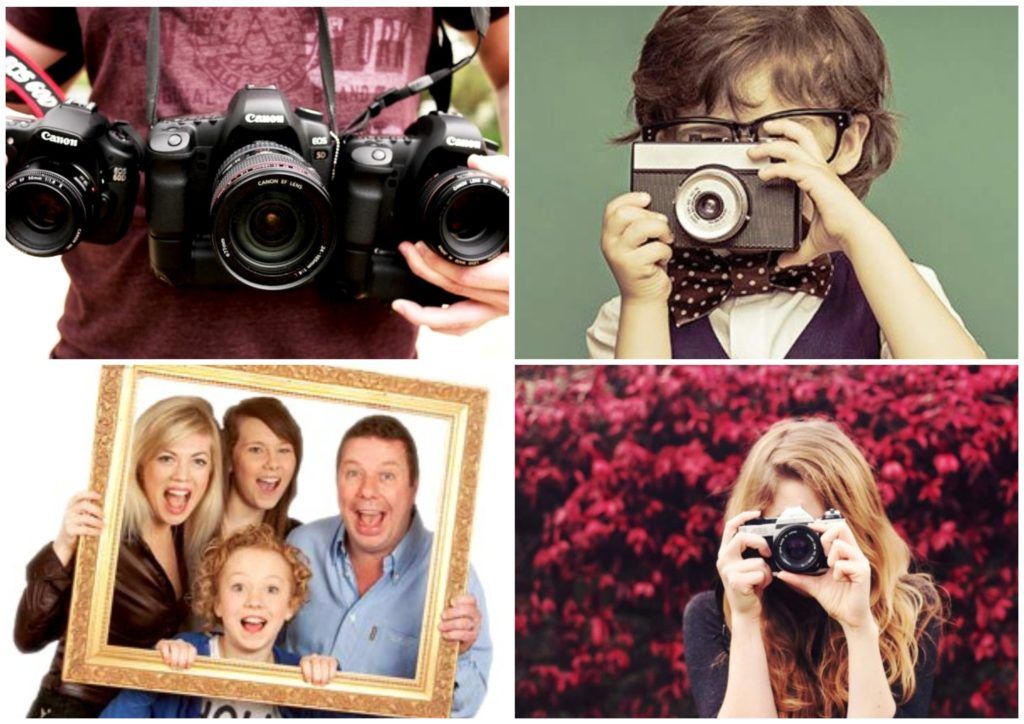
- high-quality digital technology, professional;
- very fast camera - high-speed shooting;
- ergonomics at a height, energy consumption is minimal;
- there is autofocus and manual adjustment;
- many additional removable optics for every taste and request.
- the price is high;
- takes up a lot of space, a lot of weight.
Other variations
There are other varieties of digital cameras such as rangefinders, medium format, full frame, but this is definitely not for beginners, especially for the price. Cameras with an increased focal length ("ultrazoom") are a publicity stunt, because only a removable long-focus lens solves the issue, an ultrazoom has non-removable optics.
A separate item when choosing a digital camera is drawn to the presence of the Wi-fi interface function. This is not the main thing in the camera, but with it it is easier to transfer data via the Internet, to print.
Most cameras have Full HD video recording. But you can't get a good video from the budget figure. The quality of video recording also directly depends on the size of the matrix. A decent video can only be obtained on a DSLR.
TOP-8: The best manufacturers of digital cameras
According to the rating of market experts for the first quarter of 2024, the list of the best manufacturers (in terms of quality, demand, price) looks like this:
CANON is the highest quality guarantee. The absolute leader in the production of photographic equipment. There are several lines on sale:
- Canon IXUS - budget ultra-compact;
- Canon PowerShot - compacts, ultrazoom;
- Canon EOS M - compact with interchangeable lens;
- Canon EOS - DSLRs (compact, underwater, ultrazoom). Photo-mirrors of the company are divided into amateur, semi-and professional.
NIKON is the oldest company with rich experience and modern know-how. Ranked 2nd. Nikon digital camera lines:
- Nikon Coolpix - compact, ultrazoom;
- Nikon 1 - compact with interchangeable optics;
- Nikon D - SLR cameras of three classes (amateur, semi-professional, professional).
SONY - reliability, good quality.
- Sony Cyber-shot - premium compact, ultra-zoom;
- Sony Alpha NEX - mirrorless compact with interchangeable optics;
- Sony Alpha SLT - DSLRs with translucent glass.
PENTAX is a camera brand from the Ricoh Imaging Company.
They produce compact digital cameras, ultrazoom, underwater, interchangeable-lens, SLR.

PANASONIC - the most sensitive.
- Panasonic Lumix - ultra-compact, super-zoom, ultra-zoom, waterproof, premium compact;
- Panasonic Lumix G - compact mirrorless cameras with interchangeable optics.
OLYMPUS - the latest technology.
- Olympus Stylus - compact
- Olympus Pen, Olympus OM-D - compacts with interchangeable lenses (ultrazoom, waterproof, mirrorless).
SAMSUNG - budget compacts.
- Samsung NX - compacts with interchangeable lens.
FUJIFILM - high-speed mirrorless cameras. Rulers:
- Fujifilm FinePix - compact cameras, ultrazoom;
- Fujifilm X - premium compacts, interchangeable lens models.

If you are new to photography, you can check out the compact cameras from this list. It will be cheap and angry, but not at all artistic, without the right to be creative. Having mastered a smartphone camera and a point-and-shoot camera, you cannot call yourself a photographer, because photography does not happen on fully automatic shooting parameters. Beginners should take a closer look at DSLR digital cameras.
TOP 7: Best SLR Cameras 2024
Experts divide amateurs into beginners and advanced. Novice photographers are offered a minimum of settings, many auto modes, and the most economical option. It is not known whether there will be a persistent interest in photography, whether the desire will grow and develop in this direction, because the proposals are simple, but not up to compact soap dishes.
For those who are keen on photography, digital SLR cameras are more interesting, there is an opportunity to creatively work on the frame. These devices have a higher resource, it is possible to install resident programs with the functionality of a semi-professional segment.
| Category | A place | Name |
|---|---|---|
| For beginners | 1 | Nikon D3500 Kit |
| 2 | Nikon D5300 Kit | |
| 3 | Canon EOS 2000D | |
| 4 | Canon EOS 1300D Kit | |
| Amateur advanced level | 1 | Canon EOS 800D Kit |
| 2 | Nikon D5600 Kit | |
| 3 | Canon EOS 200D Kit |
Nikon D3500 Kit
RUB 31 490 - RUB 46 490
The camera in 2019 won the TIPA Awards Best DSLR Camera. The main parameters remained from the previous version (D3400):
- matrix - 24 megapixels, allowing you to print pictures in A3 format;
- autofocus - 11-point;
- Full HD (1920 × 1080 resolution) with frame rate (frame rate) at 60 fps.
In the new version, the ergonomics have been improved, the handle has been changed, the weight of the device has been reduced, and the buttons are located more conveniently. A pleasant surprise for creative people - there are fewer auto modes. For beginners, this will seem difficult, but it is better to get used to independence right away if you want to get a high-quality exclusive at the exit. If it is not clear or lazy, then auto "creative effects" will help you.
The camera turns on quickly, the shutter button is located inside the switch, the first frame can be taken instantly. Progressive change - increased autonomy. On an identical battery, the camera lasts twice as long, which makes it useful on long journeys.

- excellent ergonomics;
- wide selection of kit optics;
- the matrix without a low-pass filter provides high-quality image clarity;
- powerful dynamic range, increased ISO range (sensor sensitivity to light).
- there is no micron input;
- the screen is fixed, there is no sensor;
- the autofocus cross is in the center.
Nikon D5300 Kit 18-55
RUB 36,990 - RUB 51,192
The matrix - 24.2 megapixels gives excellent detail in the frame. ISO sensitivity from 1.5 to 3200. The speed of the camera allows you to get high-quality pictures in 80%, making them "off the hip". The rear display (flip-down) changes the angle of rotation, this will facilitate shooting in difficult awkward positions. For aspiring photographers, this is the best model as it provides the foundation for professional photography.
The entry level starts here with JPEG in auto mode. Having mastered, you can switch to RAW, after carefully studying the instructions. What does it give:
- reduction of noise level (including at ISO 3200);
- fast autofocus;
- new possibilities of color rendering.
The camera has Wi-Fi, GPS (geotagging). Rapid transfer of images via a smartphone is very important today.

- nimble autofocus, almost professional;
- APS-C matrix is not noisy;
- training in photography is easy, stepwise - from simple to complex.
- requires frequent cleaning from dust;
- autofocus sometimes does not work;
- noise grows when shooting video.
By the way, you can read about the best lenses for Nikon cameras. here.
Canon EOS 2000D 18-55
RUB 24,990 - RUB 27,990
This digital camera raises a lot of questions from experts, but a consumer buying a model makes the two-thousander a leader in sales. This is the lower segment of the DSLR, the most budgetary, little has changed in it over the whole decade. The DIGIC 4+ processor appeared in cameras five years ago, back in the 1300D. The screen has become wider - 3 inches, but the resolution is only 0.92 megapixels, ten years ago it was impressive, today it is an outdated option.
A metal bayonet appeared from a useful one, a diopter-corrector was installed on the viewfinder. Well forgotten old - the switch is back, which in several versions was thrust into the mode selector. Standard innovation - Wi-Fi has been diluted with NFC to quickly connect to a smartphone.
Autonomy is within 500 shots, which is frankly not enough.

- decent ergonomics;
- the most convenient price for this level of DSLRs.
- there is no sync contact on the "hot shoe";
- memory card and battery - under one cover;
- there is no auto-cleaning of the matrix.
Canon EOS 1300D Kit
RUB 22,990 - RUB 24,990
A camera without claims to a professional DSLR - a whale lens, a lot of auto modes. Externally repeats the previous model (1200 D), but inside there were pleasant changes. The screen has improved, the processor has become more powerful (Digic 4+), Wi-Fi with NFC has been added.
Large matrix, the same is in the expensive EOS 100D DSLR. The autofocus speed on the kit lens is pleasantly impressive. Distortion during close-up photography is minimal, this allows you to take portrait shots, and the proportions of architectural structures will not be distorted. Quite decent built-in filters.

- great price for such functionality;
- convenient simple settings;
- good matrix.
- not enough focus points;
- in video mode, the autofocus speed drops very much.
Canon EOS 800D Kit
RUB 44 990 - RUB 55 990
The camera is not new, released two years ago, but absolutely not outdated. The level is between amateur and semi-professional. Matrix Dual Pixel, high-speed focusing, autofocus at 45 points, processor - DIGIC 7. To this is added video stabilization, a high-quality sensor that rotates - an amateur with a claim to professionalism will have enough of such a digital camera.
For better perception and understanding, the menu switches to a graphical interface, it is more familiar, more convenient, easier for beginners. Decent auto modes, excellent metering, automatic white balance is correct. Serial shooting is especially noted here. In JPEG auto mode, it will click as long as the button is pressed until the SD card is full. Frequency - 6 frames / sec. The buffer captures 27 RAW frames - a high level indicator. For amateurs, this is what you need.

- smart, clear autofocus even in Live View;
- image quality pleases;
- clear, simple, shows miracles of flexibility.
- autonomy is limited to 600 frames;
- do not manually set the white balance, only automatically.
How to choose a lens for Canon cameras can be found in separate article.
Nikon D5600 Kit
RUB 35,440 - RUB 57,990
A worthy competitor to Canon's 800D DSLR. This camera, for example, has a sensor: the focus point will follow the finger moving along the right half of the screen. This speeds up the AF point selection process when shooting through the viewfinder. Minus - suitable only for right-handers.
The battery lasts for 970 shots. Many good auto modes, starting with them, it will be difficult to spoil the picture. Autofocus is fast, but there are fewer focusing crosses. This camera loses to its rival in the absence of a Dual Pixel matrix. In continuous shooting, it produces 5 frames / sec, the buffer is filled in 6-7 frames.
RAW quality goes at 3 frames / sec, which is not a very good indicator. In JPEG, after 20 frames, high-speed shooting will slow down.
For a beginner, this DSLR photo digital will be useful, convenient, even a little heaped up. But she does not pull serial shooting as it should.

- very clear metering and white balance;
- the quality of the matrix could be better at this price;
- AF points switch quickly, easily;
- excellent image quality in difficult light conditions.
- continuous shooting capabilities are weak;
- no video stabilization;
- the price seems overpriced.
Canon EOS 200D Kit
RUB 36 490
This camera is very good "for growth", a step towards professionalism. It will serve and please with decent functionality for a long time. This DSLR also won an award in 2018. The advantage of the camera is the matrix (Dual Pixel), which allows using the electronic through sight (Live View). However, by reducing the price of the product, the manufacturer cut focusing - 9 points remain, but all are cross. There are questions about ergonomics: the mode selector is pressed into the body, the video switch button is combined with the power switch.For beginners, a simplified interface is provided (you can switch to the classic one), a photo can be taken in one motion by poking the touchscreen with a finger. But here's the Russified version of the tips with a bunch of abbreviations for a beginner can be confusing. The ISO working range is small (but the price is lower). But sharpness, dynamic range - it gets better with each model.
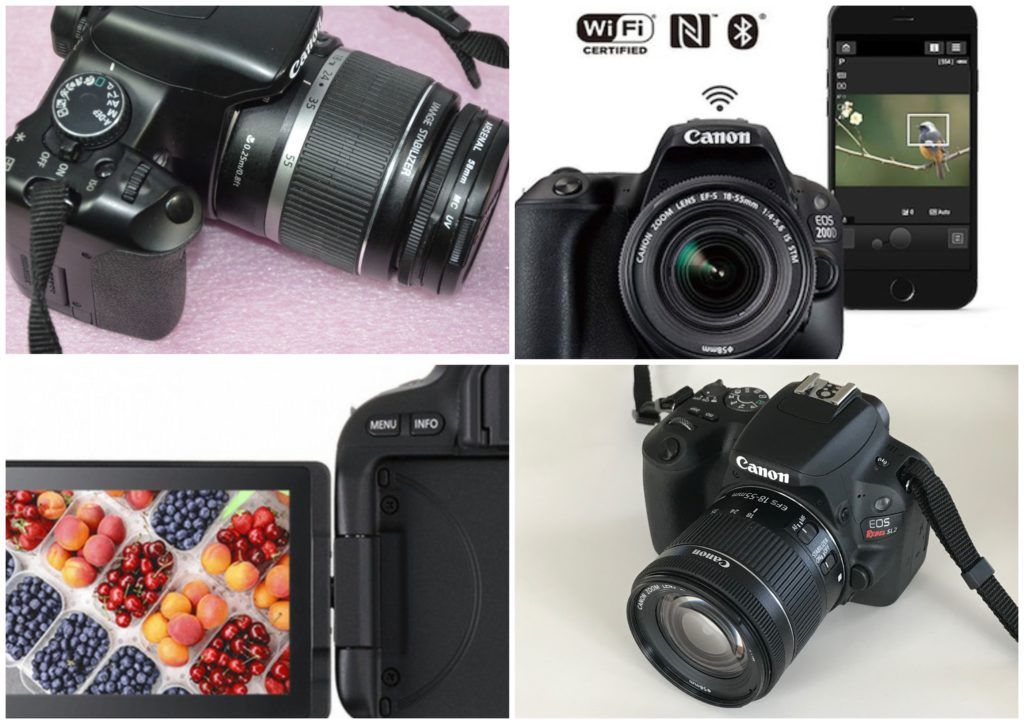
- dual-pixel matrix;
- the detail in the frame is excellent;
- good quality video filming;
- tracking autofocus in Live View.
- the ISO working range is frankly small;
- few points of autofocus;
- battery under one cover with SD card.
Expensive or high quality
At first glance, the price of the cameras seems too high. But remember the age-old wisdom: the miser pays twice. If a child can be presented with an unassuming compact, then with age, if there is an interest in photography, it is better not to crawl up the price ladder on each step. You can buy a good camera on credit, it will last for a long time, then you can buy lenses.
When choosing a camera, remember that the image quality is provided by the matrix: the larger the pixel, the more noise there will be in the frame. An option for beginners and advanced ones is Full-Frame matrices, the size of which exactly matches regular 24 x 36 mm film. Technologies make it possible to adjust the sensitivity of the matrix, which was impossible with film.
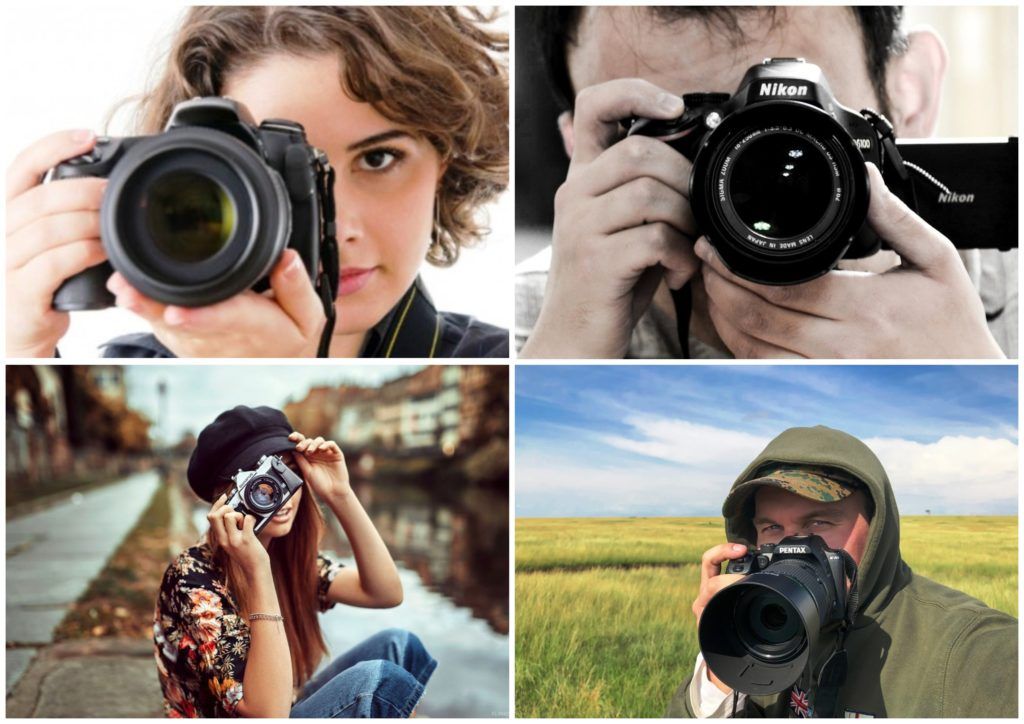
Beginning whale photographers will have enough for a long time. With the advent of experience, you can gradually collect your own park of lenses that are necessary for specific interests, hone your skills, surprise and delight with pictures this wonderful world full of colors and amazing subjects.
new entries
Categories
Useful
Popular articles
-

Top rating of the best and inexpensive scooters up to 50 cubic meters in 2024
Views: 97661 -

Rating of the best materials for noise insulation for an apartment in 2024
Views: 95022 -

Rating of cheap analogues of expensive medicines for flu and colds for 2024
Views: 91750 -

The best men's running shoes in 2024
Views: 87680 -

Top ranking of the best smartwatches 2024 - price-quality
Views: 85091 -

Best Complex Vitamins in 2024
Views: 84801 -

The best dye for gray hair - 2024 top ranking
Views: 82406 -

Rating of the best wood paints for interior use in 2024
Views: 77202 -

Ranking of the best action cameras from China in 2024
Views: 75269 -

Rating of the best spinning reels in 2024
Views: 74827 -

The most effective calcium supplements for adults and children in 2024
Views: 72462 -

Top rating of the best means for male potency in 2024 with a description
Views: 68296
